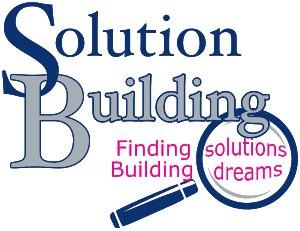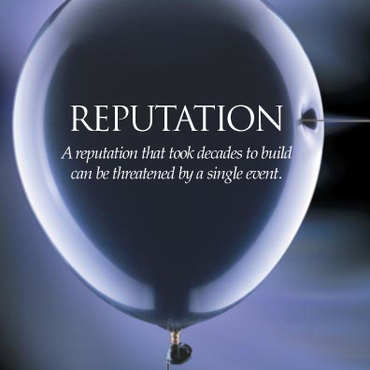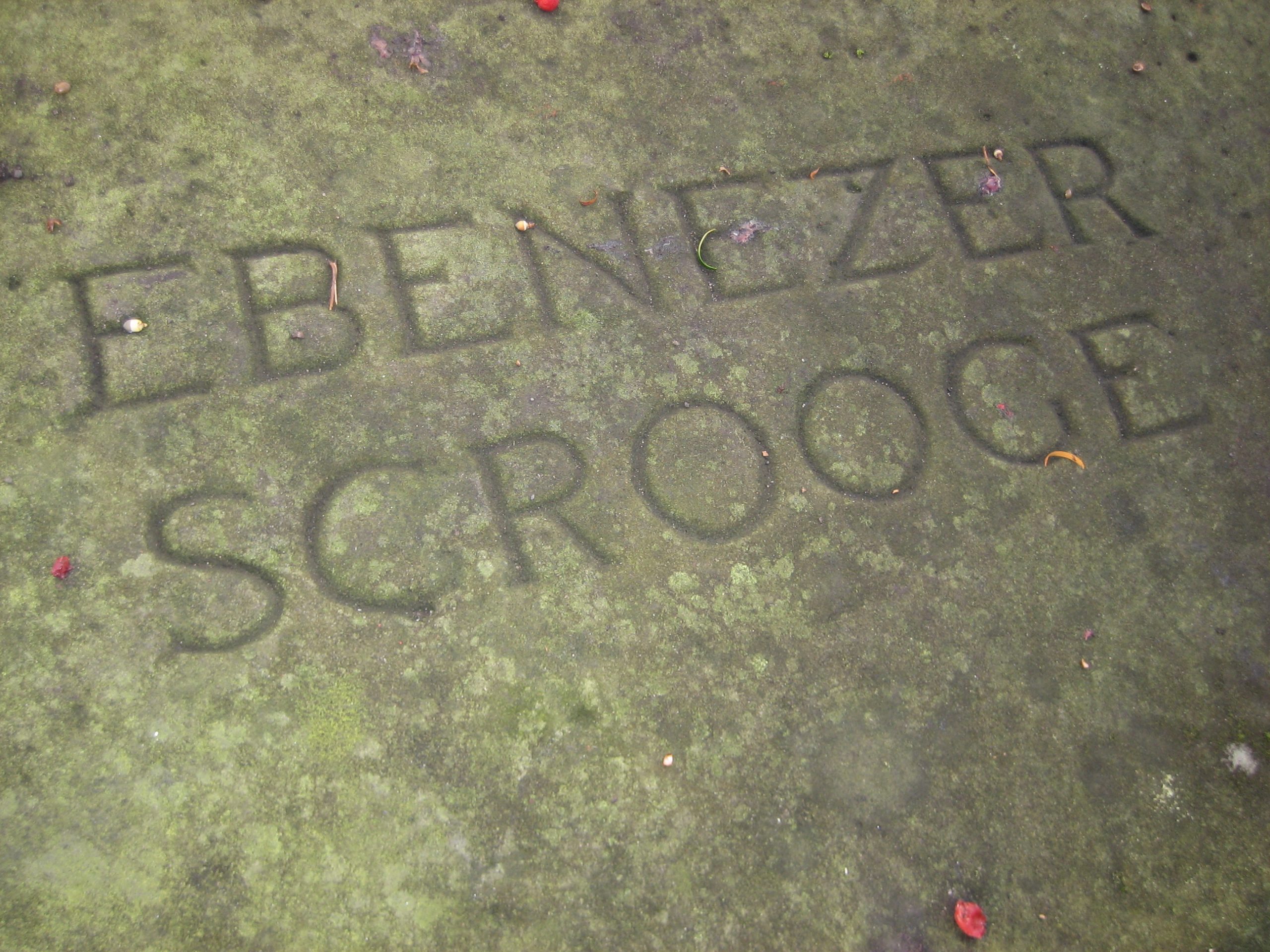It Can Be Reputation and Loyalty, and To Me These Are More Important
Change happens for all kinds of reasons, some needed, some not. Some people love change, it excites them. These people are the ones pushing the envelope and coming up with new ways of doing things. Others on the opposite side never want to change anything. It’s scary to change. What if it doesn’t work? It’s warm and comfortable a lot like being in the bottom of a rut. It’s been said that a rut is just a grave with both ends kicked out.
So, which of these positions should a business take?
I think it depends on the situation, the people or person and the reason(s). As is the case most times, the right answer is somewhere in the middle.
Let me preface this next portion with the fact that I have been a longtime supporter and user of Pella products, for more than 30 years. I have enthusiastically advocated and installed their products throughout that time.
I AM NOW RETHINKING THIS. I was informed yesterday of some product changes that have been implemented at Pella and one of those changes may just be the straw that will break this camel’s back.
Pella has always been ahead of the curve when it comes to innovation. (A part of what gained my admiration and loyalty.) One of these innovations is…was…one of my favorite products. Double or single hung windows with blinds or shades behind a removable pane of glass has been discontinued. This would have been the window I would have recommended above all others, short of some specific design parameters. This is the very window that I planned to put in my home in the next few years. I never imagined that this window would not be available.
I don’t profess to be a Pella historical authority, but I do remember some things that happened in the late 1990’s or early 2000’s. This is not about specific times or details, but about a decided trajectory that began and seems to be continuing.
Prior to that point customers would talk about the exceptional quality of Pella windows. The first straw was the question that I began getting about the ProLine Series “builder’s” windows. People wondered why Pella was making a lower quality builder’s window. It seemed to be counter to what Pella stood for. I assured them the quality was as good as ever, there were just less options and fixed sizes in this series.
The next straw came with the introduction of vinyl windows. More questions about what was going on. Why is Pella selling “cheap vinyl windows”? I would tell people that it was just a way to give the public more options. It was a way of helping more people and Pella quality was still available in the wood windows.
Then the next straw came. It was when there began to be problems with the bottom sash of the ProLine casement windows rotting. I continued to defend them. This was a fluke…just some bad sealant on one select style in one series. The straws continued to come, and I continued to defend Pella and my supplier. The service and support were great. We would do what was needed to help them through this freak incident.
Now, full circle back to yesterday’s straw. I can’t say why Pella made this change to no longer offer shades between the glass in hung windows. I assume it was monetary as I presume all these decisions were. I don’t have any of Pella’s internal decision-making criteria, but they are a company that needs and deserves to make a profit.
What Pella needs to remember is that dollars are certificates of appreciation and consider that my appreciation may go somewhere else.
I’m sure that as big a company as Pella is that they won’t even notice when I’m gone. What they may notice is the size of the snowball when more and more contractors and customers do the same.
These types of changes have become too common place over the last 20 – 30 years. Too many times companies have chosen to sell more for less rather than seeking to provide high quality at a high price. There’s nothing wrong with buying inexpensive projects for less. It’s about deciding who you want to be and who you want to serve.
Pella’s decisions are theirs just as my decisions are mine.



































